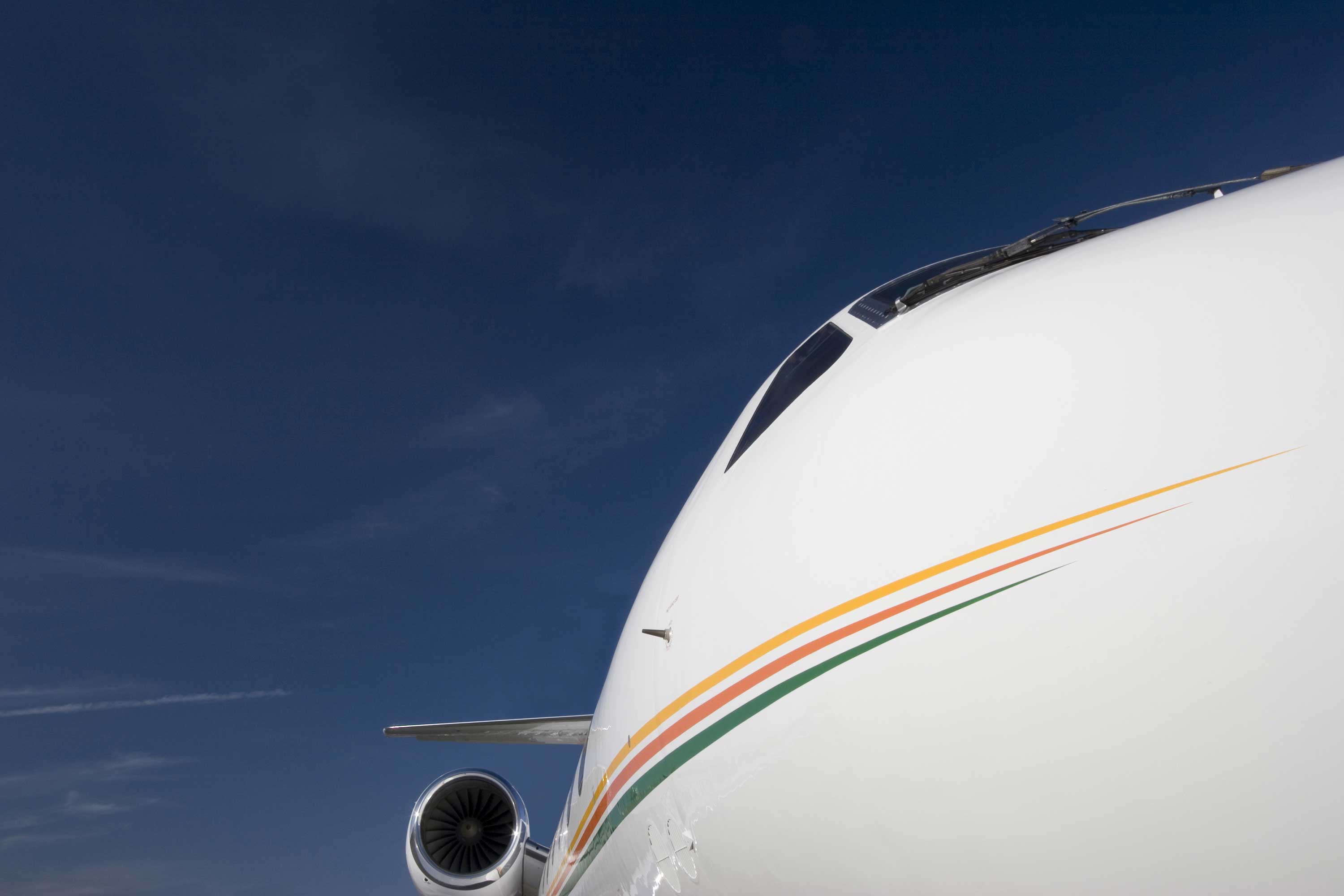
As is widely known in the business aviation community, general aviation aircraft account for 0.6 percent of U.S. transportation carbon emissions and 0.2 percent of total global greenhouse gas emissions. The industry’s continually improving record is thanks to an ongoing focus on the development of engines, aircraft and operating procedures that reduce emissions.
While the industry’s record of continuing progress on carbon emissions is laudable, policymakers in the U.S. and around the world continue to closely examine aviation emissions as part of an overall review of all carbon emissions from transportation. This ongoing scrutiny has been prompted and sustained by repeated calls for limitations or reductions in carbon emissions.
Since its formation, the European Union (EU) has been considering options for an environmental program applicable to aviation. EU policymakers have settled on and are moving toward implantation of a plan for aviation known as the EU Emissions Trading Scheme (EU-ETS). The ETS would incorporate all flights by eligible aircraft arriving at or departing from EU airports in the EU ETS. There is an exemption for commercial aircraft operations which have fewer than 243 flights per period for three consecutive four-month periods or commercial aircraft flights with total annual emissions lower than 10,000 metric tons per year.
NBAA believes that environmental stewardship is an imperative, but also that reasonable and balanced policies should be pursued that support the industry’s twin goals of promoting the mobility and growth of business aviation while minimizing its environmental footprint. The association has worked diligently with the European Business Aviation Association (EBAA), the International Business Aviation Council (IBAC) and European regulators to help shape the rules to make them as workable as possible for business aviation, and the modifications European regulators have made to their original ETS proposal reflect the advocacy efforts from the industry.


 International Business Aviation Council Ltd.
International Business Aviation Council Ltd.